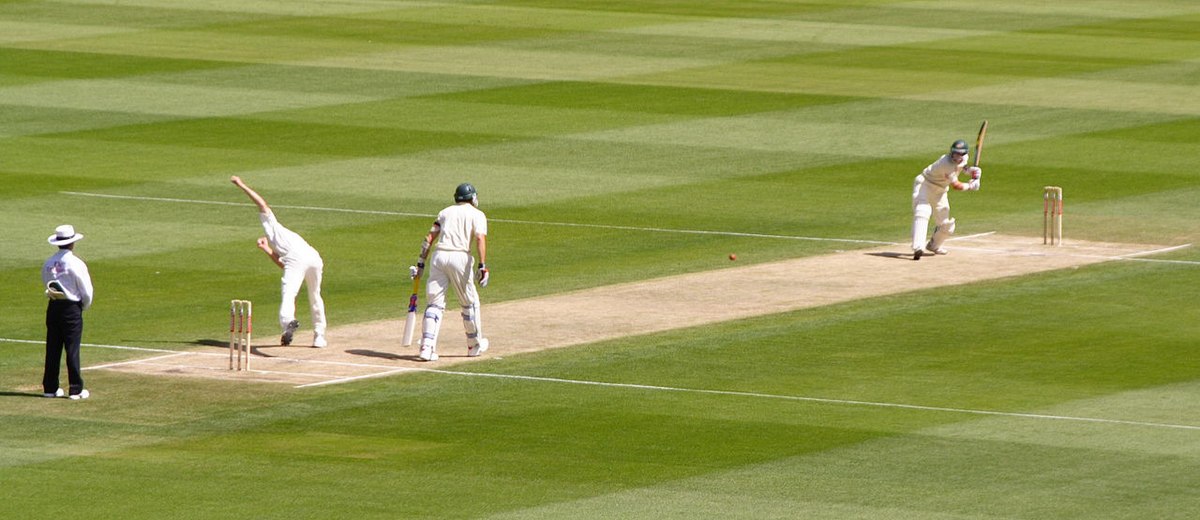Introduction
Cricket is more than just a sport—it is a tradition, a passion, and in many countries, a way of life. Known as the “gentleman’s game,” cricket has evolved from being a pastime in 16th-century England to becoming one of the most popular sports globally. With billions of fans across Asia, Australia, Europe, and Africa, cricket unites people of different cultures through competition, excitement, and sportsmanship.
This article explores the history, rules, formats, global influence, and health benefits of cricket while highlighting why the game continues to grow in popularity.
A Brief History of Cricket
The origins of cricket date back to 16th-century England, where it was first played as a children’s game. Over time, it gained popularity among adults, especially in villages and schools. By the 18th century, cricket had become England’s national sport.
The British Empire later introduced cricket to colonies such as India, Australia, South Africa, and the Caribbean, where it flourished and developed a rich legacy. Today, international cricket is governed by the International Cricket Council (ICC), which organizes major tournaments including the Cricket World Cup and the T20 World Cup.
Basic Rules of Cricket
At its core, cricket is played between two teams of 11 players each. The game is played on an oval field with a 22-yard pitch at the center.
Key Rules:
-
Batting and Bowling: One team bats to score runs while the other bowls and fields to dismiss batters.
-
Scoring Runs: Runs are scored by hitting the ball and running between the wickets or by hitting boundaries (4 runs if the ball reaches the boundary, 6 runs if it crosses without touching the ground).
-
Overs: Each bowler delivers six balls in one over.
-
Dismissals: Batters can be out by being bowled, caught, run out, stumped, or leg-before-wicket (LBW).
-
Winning the Game: The team with the highest number of runs at the end of the match wins.
 Popular Formats of Cricket
Popular Formats of Cricket
1. Test Cricket
-
The longest format, played over five days.
-
Known as the purest form of cricket, testing skill, patience, and endurance.
2. One Day Internationals (ODIs)
-
Each team faces a maximum of 50 overs.
-
Balanced format combining strategy and entertainment.
3. Twenty20 (T20) Cricket
-
The shortest official format, limited to 20 overs per side.
-
Fast-paced and exciting, making it highly popular worldwide.
Major International Cricket Tournaments
-
ICC Cricket World Cup – The biggest tournament in ODI cricket, held every four years.
-
ICC T20 World Cup – Focused on the shortest format, attracting new audiences.
-
The Ashes – Historic series played between England and Australia.
-
Indian Premier League (IPL) – A franchise-based T20 league known for its global fan following.
Cricket’s Global Popularity
Cricket enjoys a massive fan base of over 2.5 billion people worldwide. The sport is especially dominant in countries like India, Pakistan, Bangladesh, Australia, England, South Africa, Sri Lanka, and the West Indies.
In recent decades, cricket has also grown in countries like Afghanistan, Ireland, and the United States, thanks to increasing investments and the rise of franchise cricket leagues.
Benefits of Playing Cricket
1. Physical Fitness
-
Improves stamina, hand-eye coordination, and reflexes.
-
Encourages cardiovascular health through running and fielding.
2. Mental Health
-
Boosts concentration and strategic thinking.
-
Reduces stress through teamwork and social bonding.
3. Teamwork and Leadership
-
Teaches discipline, communication, and leadership skills.
-
Builds strong bonds among players.
4. Cultural and Social Impact
-
Cricket matches bring together communities and foster national pride.
-
Major events like the World Cup unite millions of fans worldwide.
 Challenges Facing Cricket
Challenges Facing Cricket
-
Scheduling Pressure: Players face fatigue due to a packed international calendar.
-
Technology vs. Tradition: Use of Decision Review Systems (DRS) has sparked debates.
-
Balancing Formats: Some fear T20 cricket may overshadow Test matches.
-
Global Expansion: Cricket still struggles for popularity in regions like North America compared to football or basketball.
The Future of Cricket
The future of cricket looks bright, driven by digital media, global leagues, and youth participation.
-
T20 Leagues: Expanding leagues like the IPL and Big Bash attract worldwide audiences.
-
Women’s Cricket: Growing recognition and increased investment are boosting women’s cricket.
-
Technology Integration: Virtual reality, analytics, and live-streaming enhance fan experiences.
-
Olympics Potential: There are ongoing discussions about including cricket in the Olympics, which would expand its reach globally.
Conclusion
Cricket is not just a game; it is a symbol of teamwork, resilience, and passion. From village grounds to world-class stadiums, cricket continues to inspire billions. Its diverse formats, global tournaments, and cultural influence make it one of the most celebrated sports in the world.
As technology, innovation, and inclusivity shape the future, cricket will remain a sport that transcends boundaries, bringing people together in the spirit of fair play and competition.


You must be logged in to post a comment.